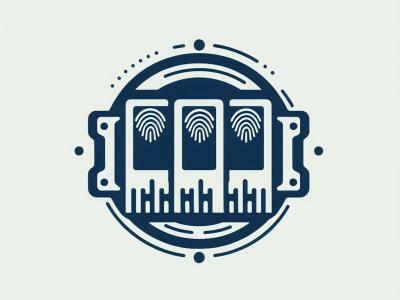entropy
The security of systems with limited resources is essential for deployment and cannot be compromised by other performance metrics such as throughput. Physically Unclonable Functions (PUFs) present a promising, cost-effective solution for various security applications, including IC counterfeiting and lightweight authentication. PUFs, as security blocks, exploit physical variations to extract intrinsic responses based on applied challenges, with Challenge-Response Pairs (CRPs) uniquely defining each device.
- Categories:
 412 Views
412 Views
Here we analyze the pair entropy function on large numbers by generating sets of pseudo-random numbers and calculating the pair entropy as a function of number of digits. We analyze the statistical behavior of the average entropy, determine that the average entropy grows logarithmically in the asymptotic limit, and discuss the behavior of higher statistical moments. We observe several distinct regions emerge with transitions that depend on the base of the numbers considered.
- Categories:
 24 Views
24 ViewsPhysically unclonable functions (PUFs) are foundational components that offer a cost-efficient and promising solution for diverse security applications, including countering integrated circuit (IC) counterfeiting, generating secret keys, and enabling lightweight authentication. PUFs exploit semiconductor variations in ICs to derive inherent responses from imposed challenges, creating unique challenge-response pairs (CRPs) for individual devices. Analyzing PUF security is pivotal for identifying device vulnerabilities and ensuring response credibility.
- Categories:
 591 Views
591 ViewsThe dataset consists of subjective evaluations of 44 naive observers judging the visual complexity of 16 images. The subjective judgments were done using a 5-point Likert-type scale with a neutral midpoint. The items in the scale were “very complex,” “complex,” “medium,” “simple,” and “very simple.” The order of the images was randomized for every participant.
- Categories:
 279 Views
279 Views


